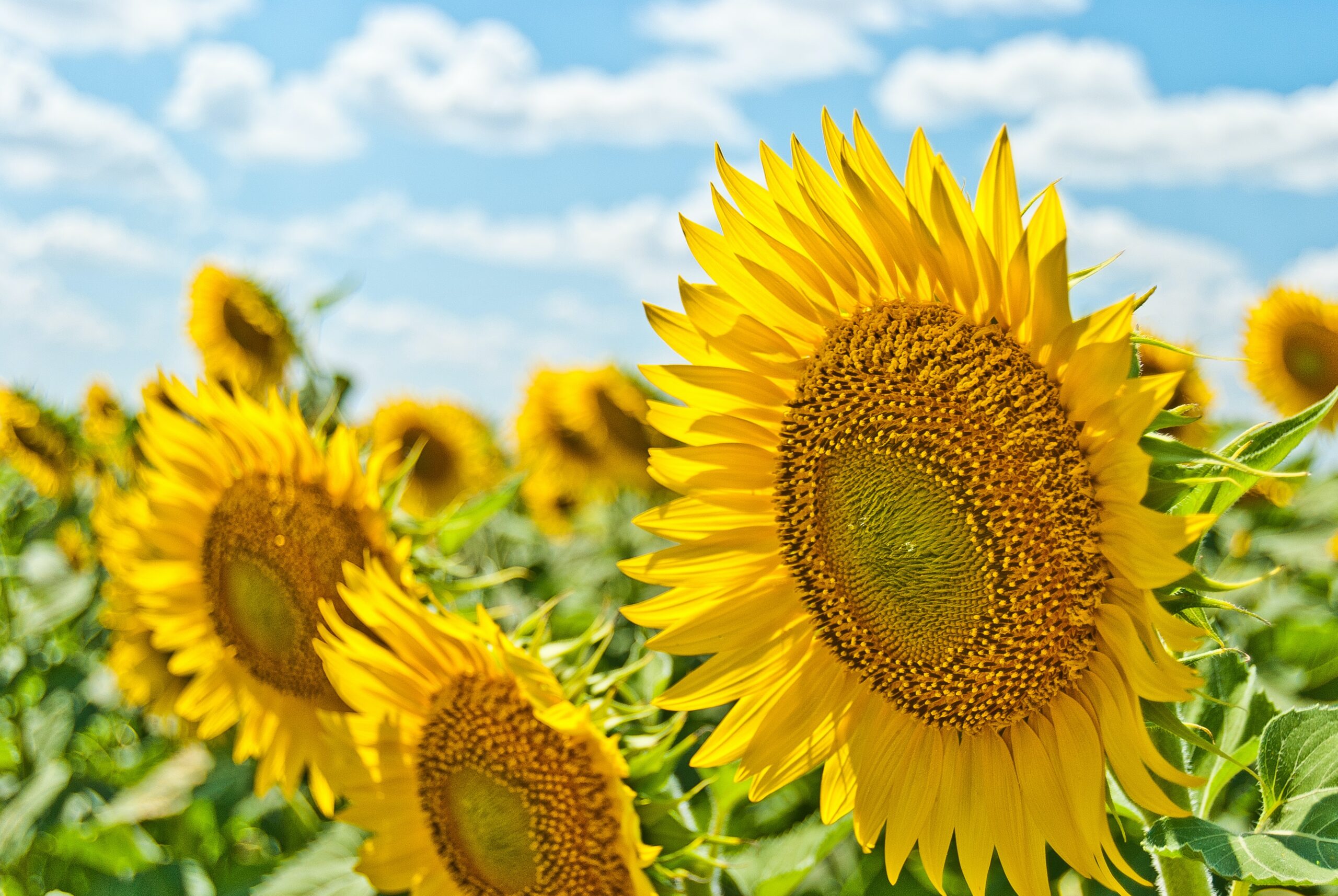Introduction:
Sunflowers, with their vibrant yellow petals and towering presence, are beloved for their beauty and symbolic representation of sunshine and positivity. (how to grow sunflowers) Growing sunflower plants in your garden can be a rewarding and joyful experience. Whether you’re a novice gardener or have a green thumb, this article will guide you through the process of growing these and enjoying their majestic presence.
Selecting the Right Variety:
Sunflowers come in various sizes and colors, allowing you to choose the perfect variety to suit your preferences and garden space. The most common types include giant sunflower plants, dwarf varieties, and those with different petal colors. Consider factors such as the height, flower size, and duration of bloom when selecting the sunflower variety.
Preparing the Soil:
Sunflowers thrive in well-drained soil enriched with organic matter. Choose a location in your garden that receives full sunlight for at least six to eight hours a day. Theseare adaptable to different soil types but prefer slightly acidic to neutral soil with a pH range of 6.0 to 7.5. Prepare the soil by removing weeds, loosening it with a garden fork or tiller, and incorporating compost or well-rotted manure to improve its fertility.
Sowing the Seeds:
Sunflowers can be started indoors or sown directly into the ground, depending on your climate and preference. If starting indoors, sow the seeds in biodegradable pots or seed trays about two to three weeks before the last frost date. Transplant the seedlings once they have developed a couple of sets of true leaves. Alternatively, sow the seeds directly into the prepared soil after the last frost date, planting them about one inch deep and six to eight inches apart.
Watering and Care:
Sunflowers require regular watering, especially during their early growth stages. Keep the soil moist but not waterlogged. Once the plants are established, they become more drought-tolerant. Avoid overhead watering to prevent fungal diseases, and instead, water at the base of the plant. Applying a layer of mulch around the base of the sunflowers helps conserve moisture and suppress weeds.
Supporting Tall Varieties:
Giant sunflowers may require support as they grow taller. Install a stake or use a bamboo cane near each sunflower, gently tying the main stem to the support with soft twine or garden clips. This prevents the plant from toppling over during windy conditions.
Protecting from Pests and Diseases:
Sunflowers are generally hardy plants, but they can be susceptible to pests such as aphids, snails, and slugs. Regularly inspect your plants and take appropriate measures, such as handpicking pests or using organic pest control methods. Proper spacing between plants promotes good airflow and reduces the risk of fungal diseases.
Harvesting and Enjoying the Sunflowers:
As the sunflowers mature, their heads will start to face the sun and the petals will begin to dry. You can harvest these plants for their vibrant blooms by cutting the stems when the flowers are fully open. To harvest sunflower seeds, allow the flower heads to mature and the back of the head to turn yellow or brown. Cut the heads off and hang them upside down in a dry, well-ventilated area. Once the seeds are fully dry, gently rub them to release them from the flower head.
Conclusion
Growing sunflowers brings a touch of sunshine and natural splendor to any garden. With proper selection, soil preparation, sowing, watering, and care, you can cultivate these radiant giants and enjoy their vibrant blooms or harvest their seeds. Embrace the process, and watch as your plants reach for the sky, adding beauty and a sense. For more tips related to gardening keep visiting Gardningo.com. Happy Gardening!


